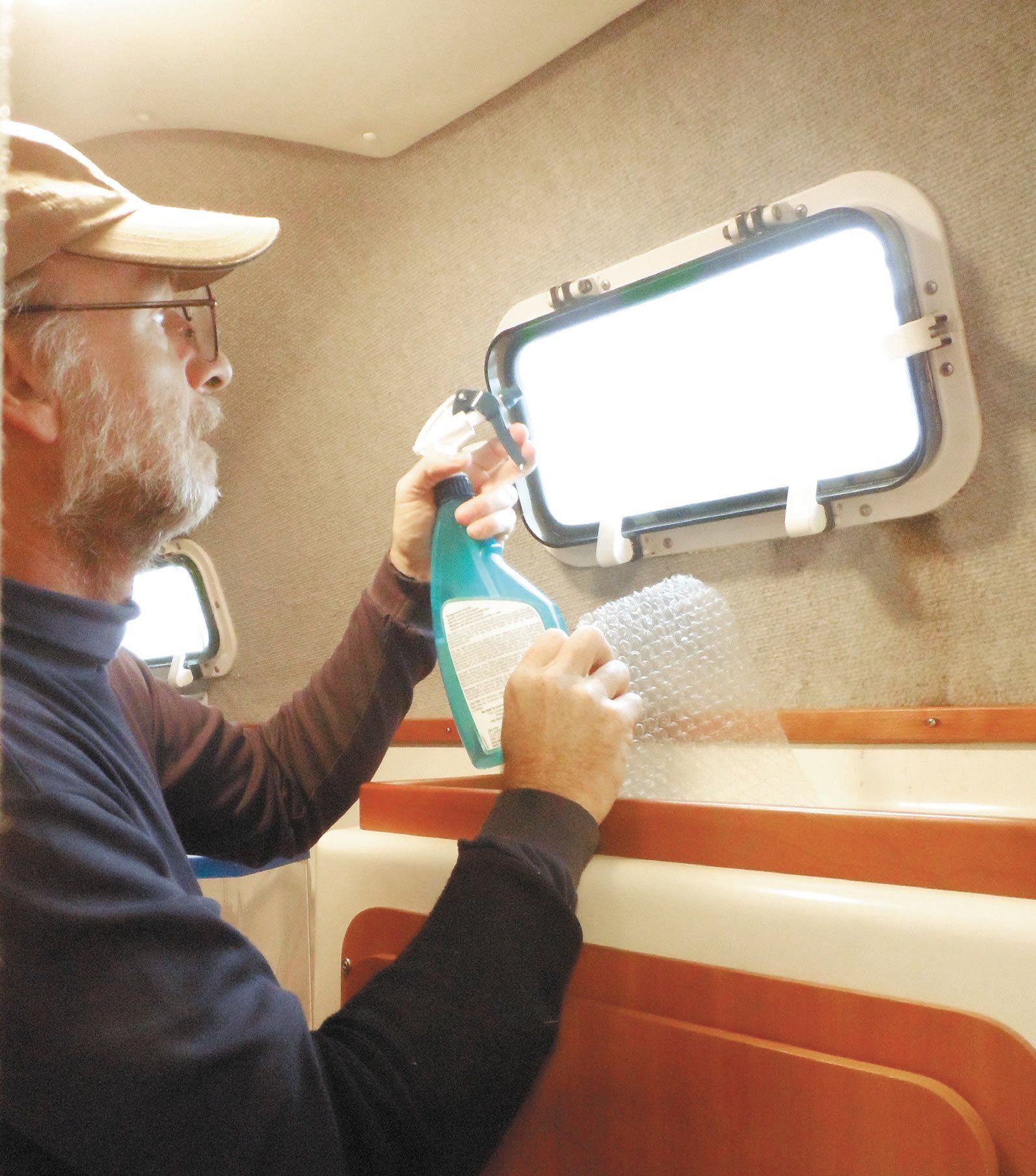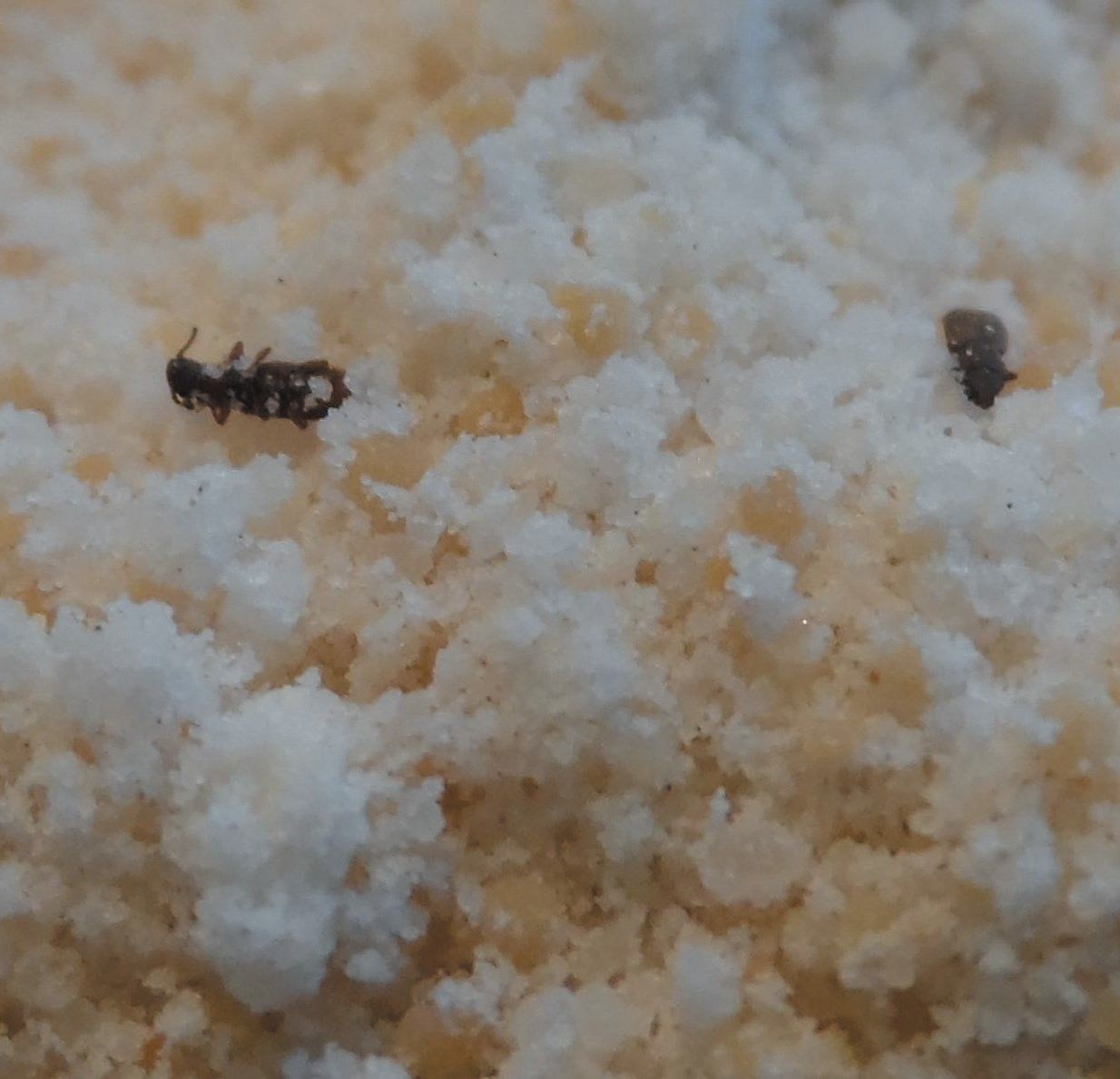Thinking Through a Solar Power Installation
The practical aspects of your solar panel system will be governed by the design and size of your sailboat, your overall project budget (%...
Can You Run a Marine Air-Conditioner on Battery Power?
Our 16,000 BTU MarinAire A/C is sufficient to maintain our Privilege 435 catamaran at under 26.5°C (80°F) on days up to around 35°C (95°F)....
Are E-bikes Worth the Extra Weight and Cost?
I’m an avid cyclist. I raced in college, and I still take my college bike on my cruising cat and just hang it on...
Preparing Yourself for Solo Sailing
Last week, I covered some of the things I suggest you need to think through on the boat before heading out solo. Now, what...
How to Handle the Head
Many pumpout facilities are actually dumped in municipal wastewater treatment facilities that can be overwhelmed by the addition of treatment chemicals.
Spring is boat prep...
Choosing and Securing Seat Cushions
Loose cockpit cushions can blow away in a good breeze or slide off when sharply heeled. A sliding cushion is a nuisance at the...
Cockpit Drains on Race Boats
The ability for an enclosed cockpit to drain rapidly has long been a concern among yacht designers, and safety guidelines have been in place...
Rhumb Lines: Livin’ the Wharf Rat Life
Named after the enterprising expat who “developed” the former Navy boat repair basin on the island of Guam, Gerberville barely qualified as marina. Our...
Wintering Afloat
Insurance and hurricane risk may require a layup. But I’ve been quite happy wintering in the mid-Chesapeake, snow, ice and all. Over 35 years,...
Bruce Kirby Memoir Tops The Reading List
Writer, raconteur, polymath, and Olympian, very few have touched the sport of sailing in all its facets as thoroughly as Bruce Kirby. Yes, he...


















































